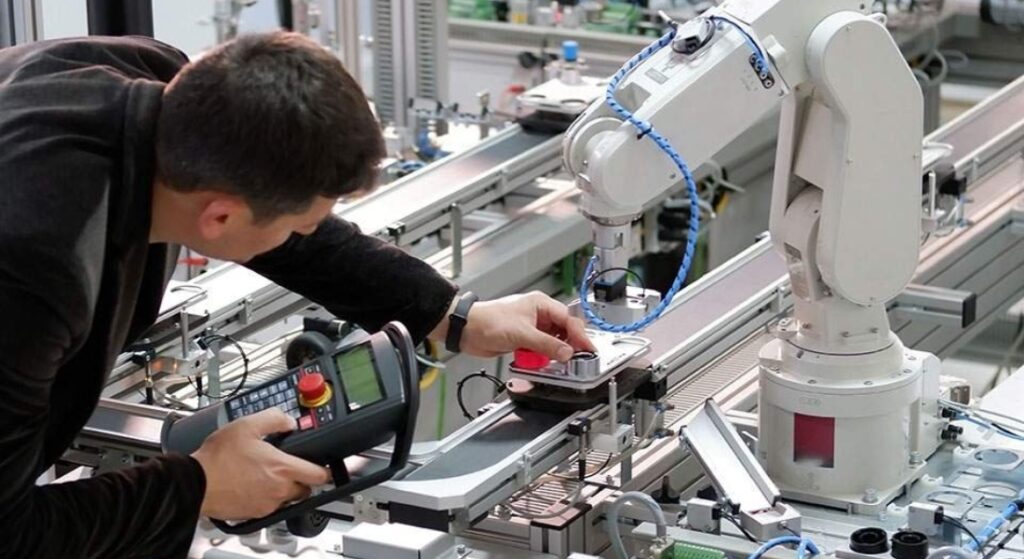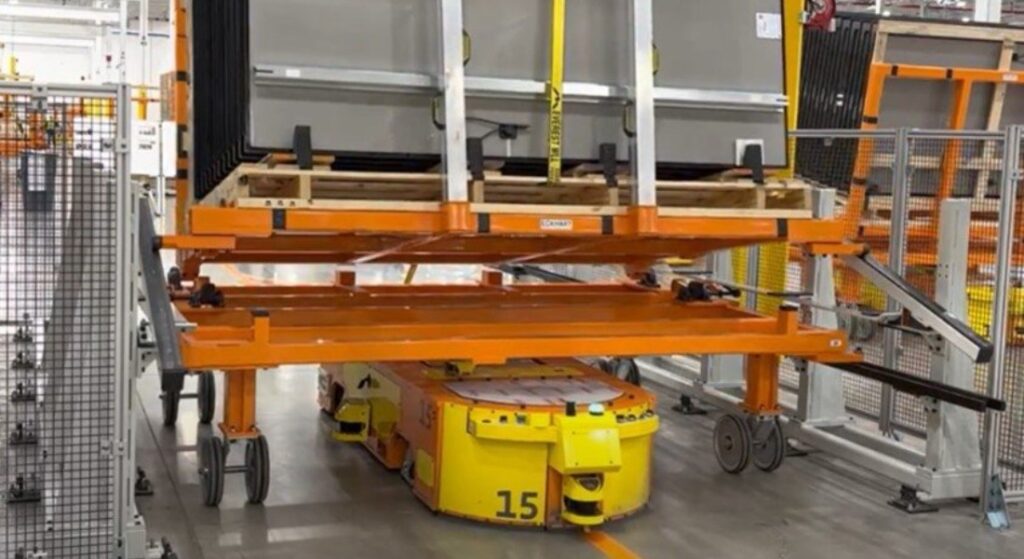Original Article: Metal Forming Magazine August 2023
Automation certainly has inundated every facet of the manufacturing landscape, from raw-material delivery to the finished part, component, assembly or product out the door—we see examples of this in every issue of MetalForming. For a variety of reasons, finishing processes always seemed to lag a bit behind on the automation train. Grinding and other finishing operations, often tedious, strenuous and fraught with the potential for ergonomic and other safety hazards, present so many variables that automating can be quite challenging—finishing is no low-hanging fruit for automation. But, with advances in machine, sensoring and analysis technology, automating finishing operations is becoming a more-common reality, delivering quality results while freeing manual labor for other tasks.
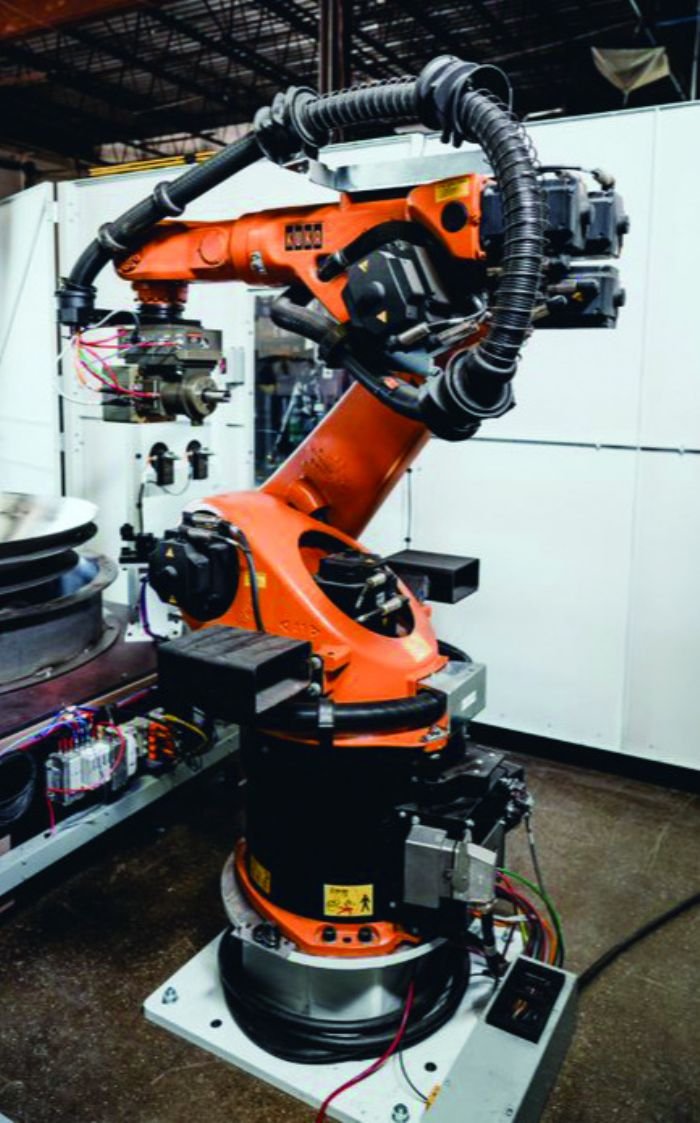
As an integrator, Graham describes Invio Automation’s role as aligning with metal formers and other manufacturers upfront on what criteria constitute a passing grade on the finishing process. The criteria then drive abrasive selection, cycle time and robot pathing. With these process parameters in place, Invio Automation then works to compute the project payback based on labor savings, safety improvements and improved product quality.
“Automation has a cost, so the savings must justify the initial investment,” he explains. “Savings can result from decreases in headcount, reductions in workers compensation premiums that are common for these taxing operations, reduction of scrap by standardizing the process, increased throughput and overall higher product quality. The business case for automation is multi-faceted and often extremely compelling compared to other areas in the plant.”
Success With Spun-Metal Part
To provide insight on effective robotic-finishing solutions, Graham details a recent Invio Automation project designed to free a U.S. agricultural-part producer from the “three Ds” inherent in manual grinding: dull, dirty and dangerous. The spun-metal part in question—bowl-shaped—had required manual grinding via one worker per shift across three shifts—three full-time employees dedicated to the task. Specifically, the part producer sought to eliminate the safety risk presented by this manual process while creating a repeatable, scalable process versus the previous artisanal process that depended on a small number of highly skilled craftsman.
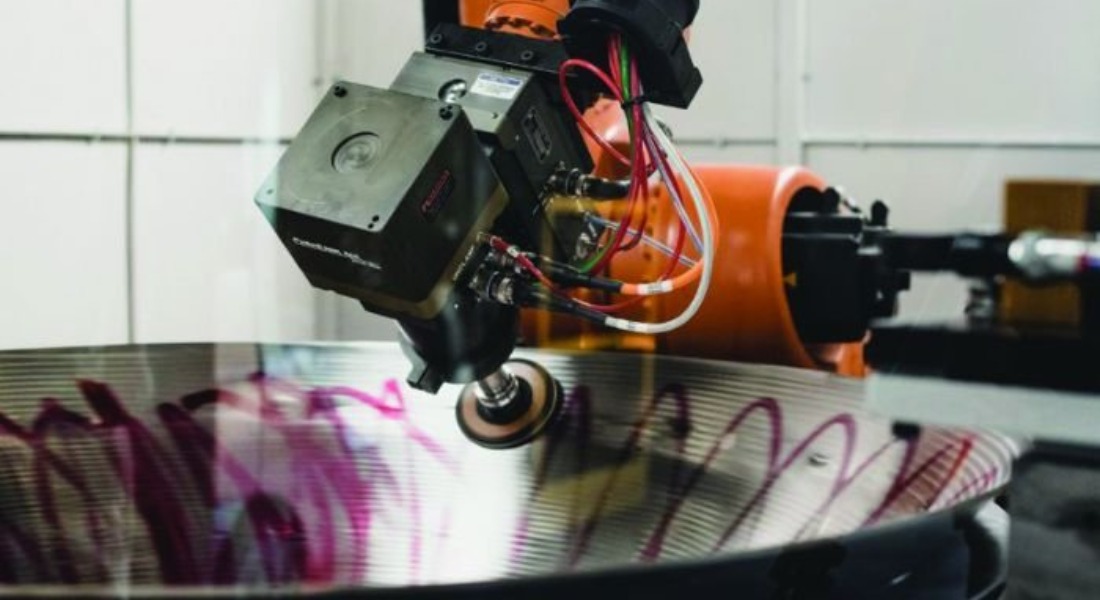
The heart of the robotic-grinding solution, as shown in the video above: a Kuka KR60 six-axis industrial robot, as well as grinding components and abrasives, and critical hardware and software, with Invio Automation and its Factory of the Future team responsible for integration
Proper “Touch” is Key to Robotic Grinding
For this application, a servo rotary tool, the motor that spins abrasive discs, optimizes abrasive performance via programming for selecting and maintaining speeds, and also features an automatic tool changer. And, a force tool gives the setup its “human touch.” Attaching to the robot arm, this tool allows the servo rotary tool and abrasive to maintain contact with the workpiece surface at a specific force or pressure. Working with the metal former, Invio Automation provided the needed abrasive discs for this application, with programming provided through an intuitive user interface, Graham reports.
In this particular application, a worker manually sets the piece within fixturing on the worktable, though metal formers can opt for automating part placement and removal. In operation, the robot grabs specific end-of-arm tooling containing the selected abrasive wheel and performs grinding on the part surface, and changes out the wheel as needed—time-based in this application—depending on the finish desired. By working with the metal former, Invio Automation and other team members, through testing, determined the type of abrasive wheels needed, the sequence of their changeout and the time required for operation of each wheel—a key challenge of the application and a complex component of robotic-finishing automation.
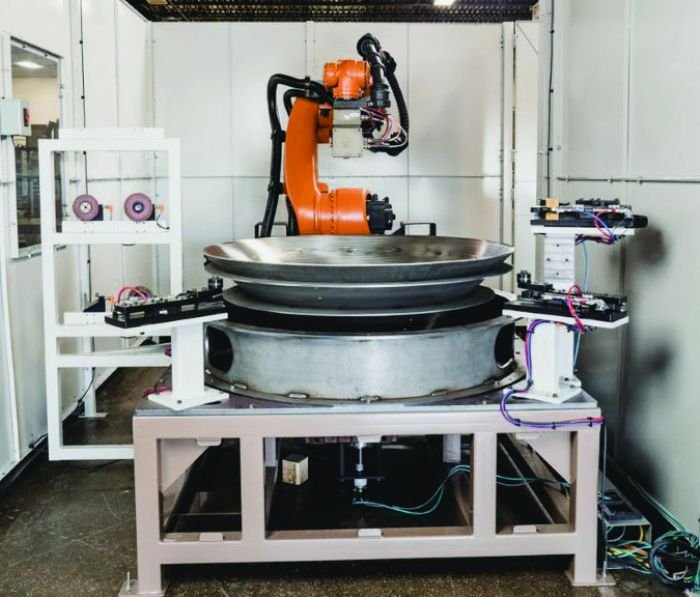
The application requires typical robot-cell preventive and predictive maintenance, with personnel periodically checking on abrasive wear. By monitoring operation hours and through application usage, operators typically can predict abrasive wear and the need to switch out wheels. Following finishing, this part undergoes manual inspection and human retouching if needed. While vision systems offer inspection capability for many parts, grinding proves difficult for vision-based post-process inspection, Graham reports, thus human inspection likely would be needed in grinding applications.
The metal former in this application chose to run a single robotic-finishing cell, with low required part volumes and the intricacies of finishing operations limiting cell volume to about 300 parts/yr. Depending on finishing complexity and throughput needs, Graham notes that much greater volumes are possible, citing other Invio Automation applications that involve sanding via collaborative robots, for example.

